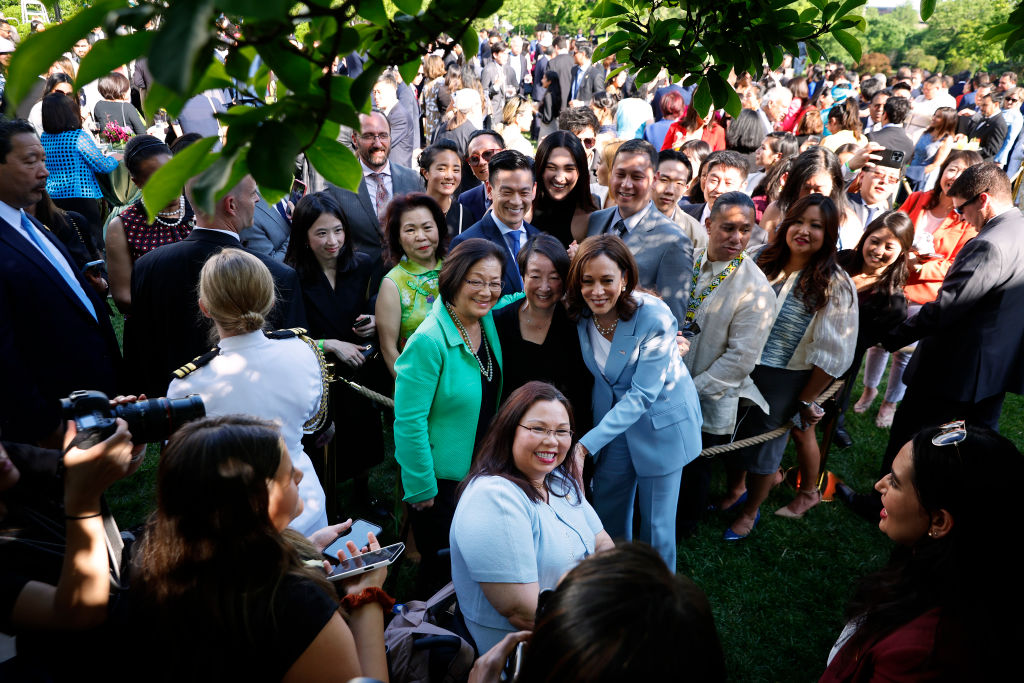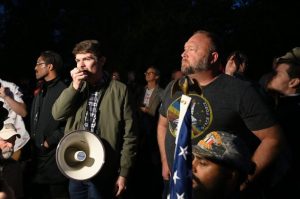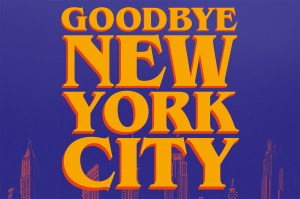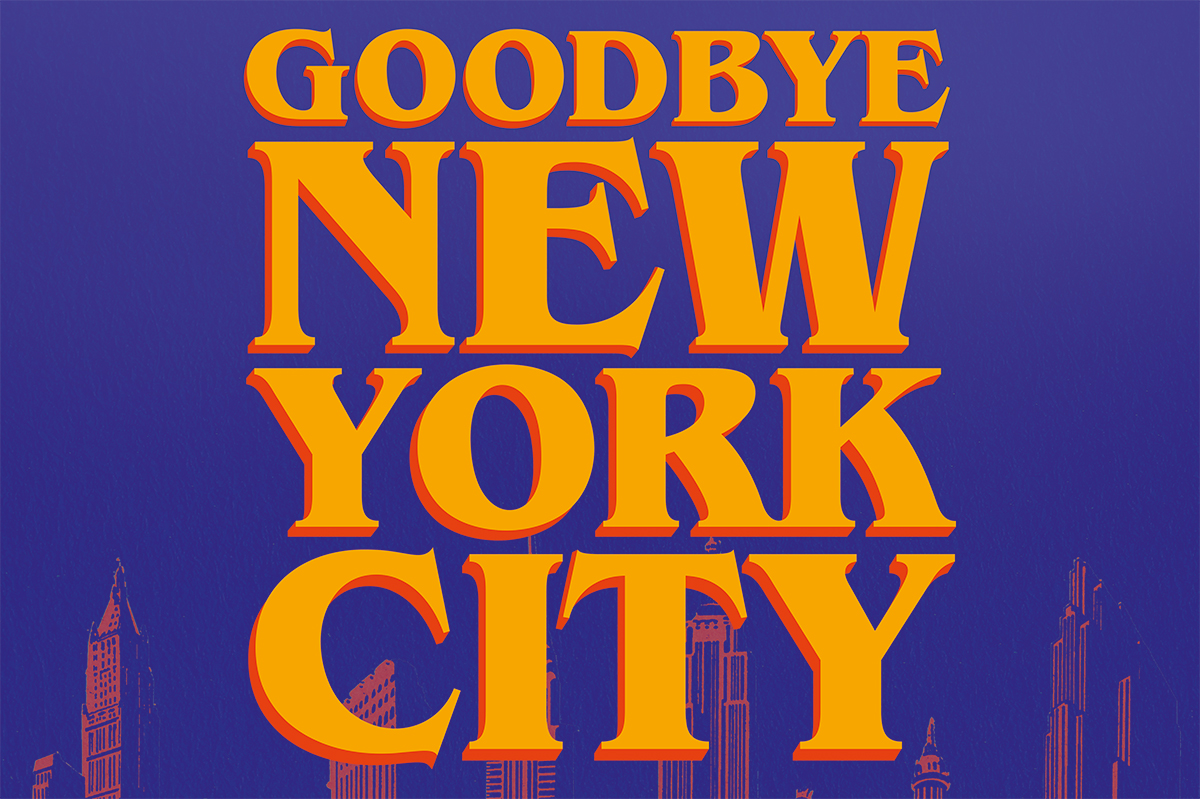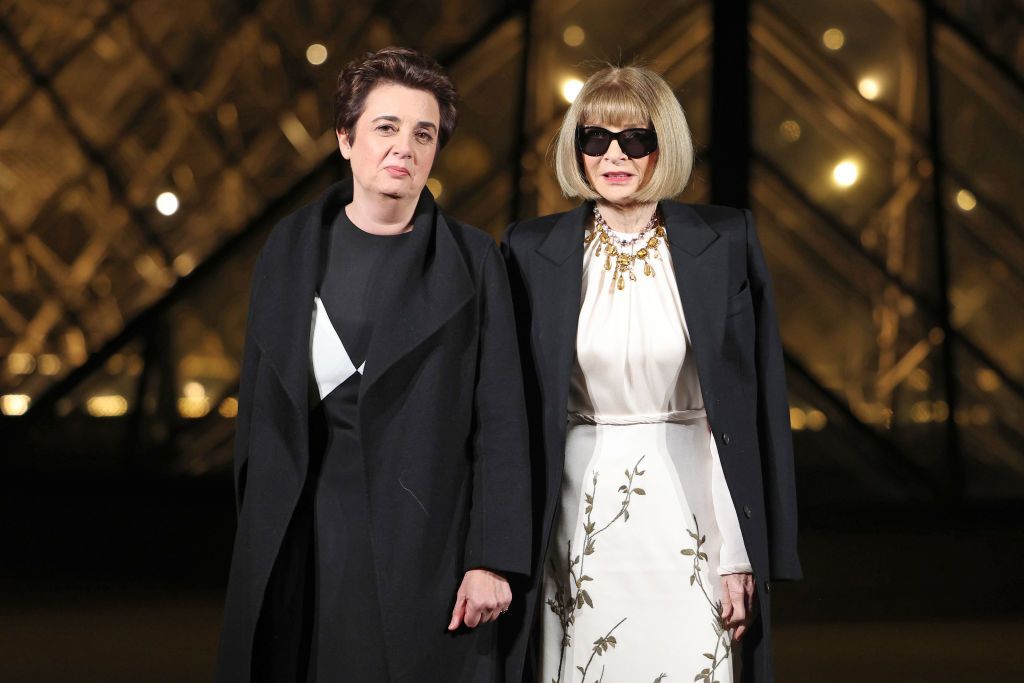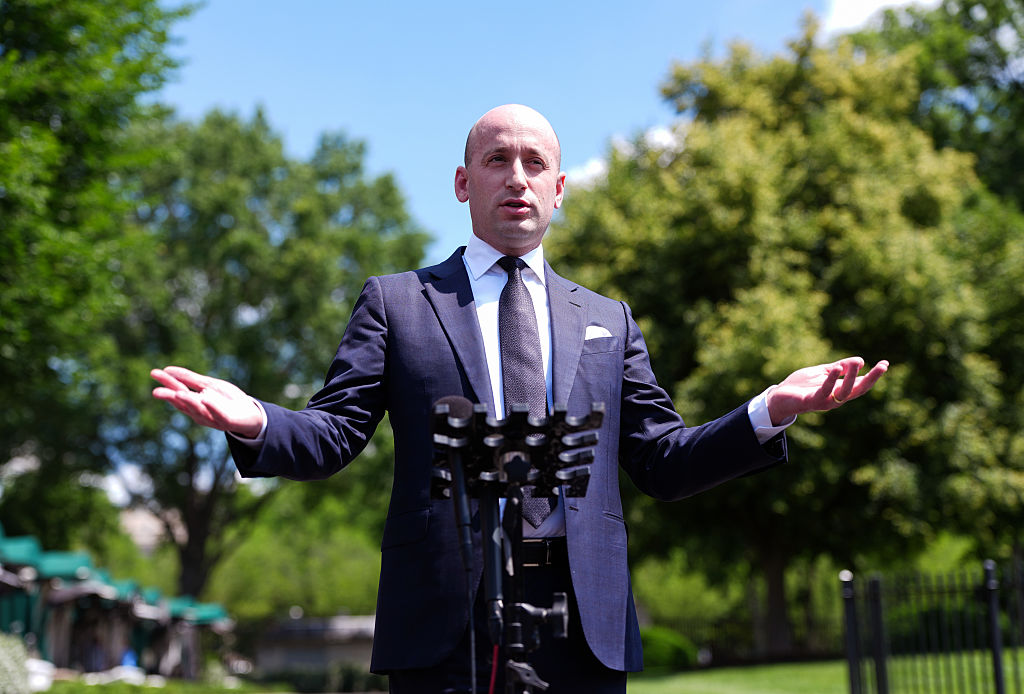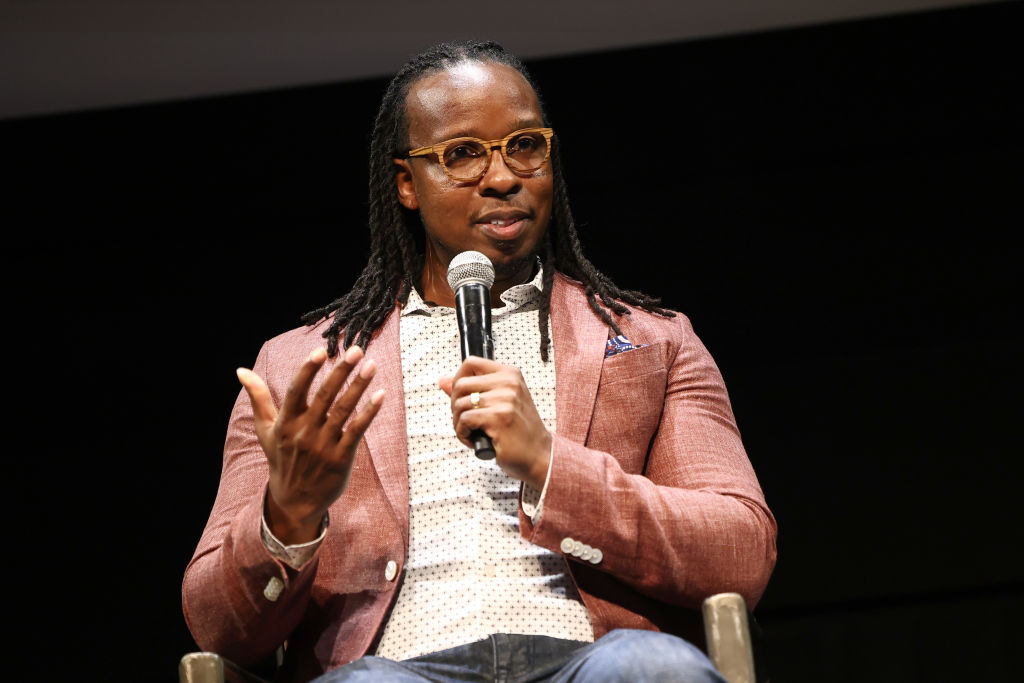May is Asian-American Pacific Islander Heritage Month, which if you work for the government or for woke capitalists, you probably already knew. It’s a time, we are told, not only to celebrate the achievements of Asian Americans, but as HR departments and Diversity, Inclusion and Equity offices declare, to help us understand the racism Asian Americans face as “persons of color.”
One such example of the many trials and tribulations endured by Asian Americans as objects of micro-aggressive racist behavior is what a 2021 New York Times article referred to as “The Cost of Being an ‘Interchangeable Asian.’” This apparently occurs when non-Asians misidentify one Asian for another Asian, typically in the workplace. For example, a white boss confuses Grace, one Korean American, with Sue, another Korean American.
The cost of this confusion, Asian-American spokespersons and their HR department sponsors tell us, ranges from hurt feelings to underrepresentation in leadership roles. Diversity and Inclusion seminars thus help educate the workforce about this form of unconscious bias, which, they tell us, speaks to broader problems such as systemic racism and white supremacy. Employees are strongly encouraged to patiently and sympathetically listen while their Asian-American colleagues explain to them how deeply hurtful, insulting, offensive and dehumanizing it is to be misidentified as the “interchangeable Asian.”
I would imagine that I’m not the only one who sees a certain melodrama in all this. Admittedly, it would be frustrating and annoying to be misidentified as someone else, especially if it happened regularly. We all want to be recognized as individuals, not only with our own names, but our own unique traits and identities. If someone kept misidentifying me as someone else, I would quite naturally be perturbed, and want to make it known that I am definitely not that other person. And I’d hope if they were a person with enough humility or self-awareness that they’d admit their fault and try to do better.
But let’s also put this in perspective. In terms of ways people can hurt us, misidentifying a person is pretty low on the totem pole. The person who insults your intelligence, mocks your deepest held beliefs or tries to coerce you to violate your conscience are all far worse, and, I might add, happen far more frequently in the United States. I would presume most people who confuse us for someone else are either lazy or simply too self-absorbed to care about others — qualities, I’m afraid, which are and will continue to be indelible to the human experience.
Moreover, it’s not as if the problem of “interchangeable Asians” has had much of a noticeable effect on Asian Americans’ ability to succeed in our country. According to Pew, Asian Americans have a higher standard of living than any other demographic group in the nation. Asian Americans, according to a 2018 US Census Bureau study, have the highest median household income in the country, impressively more than 25 percent higher than white Americans. As I’ve previously argued at The Spectator, if we are going to talk about a demographic who best exemplifies realizing the American dream, it would be Asian Americans.
Yes, as a percentage of the United States, they are still a minority (about 7 percent), but they are an incredibly prosperous and well assimilated one.
Why then are these complaints of the most minuscule of microaggressions carrying so much currency in American culture? Perhaps because they are emblematic of some of the worst features of our new leftist orthodoxy, including snowflakeism (otherwise known as lack of a thick skin) and the use of racialist ideology to explain all human behavior. Our academic institutions have raised (and pandered to) an entire generation of ersatz victims. These activist youths, who are now in the workforce, believe that leveraging mandatory HR and DEI training is necessary to brainwash… er, I mean educate adversaries and dissenters about proper thought and behavior. They are then pronounced “heroes” — and often financially rewarded — for their supposedly brave willingness to coerce their colleagues into conformity with the latest woke doublespeak.
The power of this racialist ideology is visible even in the incoherent identity of “Asian American and Pacific Islander.” It is blatantly irrational, absurdly reductionist and obviously patronizing. How are a Hindu Indian American, a Muslim ethnic Hazara Afghan American, and a Catholic Filipino American united in a manner different to how they are similar to any other human being? And why should any of them think “Asian American” properly defines them? This is not a formula for promoting a coherent republic bound by a shared identity, but the very means of unraveling via novel, a fabricated tribal identity intentionally aimed at reinforcing grievance culture.
The risible nature of this racialist ideology becomes even more incoherent when we expand it to “persons of color.” Sure, a lower-class, single black mother in inner city Chicago, the descendent of slaves and sharecroppers, has a legitimate complaint about historic injustices that play some role in her current victimization. But does a second generation Indian American from the Brahman class, who is wealthy and well educated, who lives in a tony suburb of San Francisco and works in the tech industry? In what meaningful sense are such persons bound together under the mantle of a victimized category like “persons of color?” Perhaps the real offense is pretending that all these dramatically diverse identities are “interchangeable.”
According to the new dictates of DEI, all persons of supposedly marginalized categories — no matter how specious — are entitled to bully others at government or corporate seminars. From the paradoxical perch of the victimized technocratic, they are free to shake their finger at white people for microaggressions and unconscious bias, and even demand reparations. A 2019 op-ed in the Washington Post by an Indian-American immigrant argued that immigration from places like India serves as a legitimate form of reparations for past American crimes. (How America is at fault for British imperialism in India isn’t exactly clear.)
It’s hard to see how any of this serves America’s interests, especially given our nation’s fraying social and political cohesion. Shouldn’t we be identifying ways to unite around a common, lowest common denominator American identity, rather than needlessly intensifying animus between various racial and social classes in America? I wonder how a couple of young, Ivy League-educated female Asian Americans with cushy federal salaries offering seminars about “Interchangeable Asians” would fare in the Rust Belt or Appalachia, where one of my cousins — a blue-collar, high-school educated white man — recently lost his machinist job when it was outsourced to Mexico. Something in me suggests the DEI message might fall on deaf ears. Perhaps that points to who is actually lacking self-awareness.



